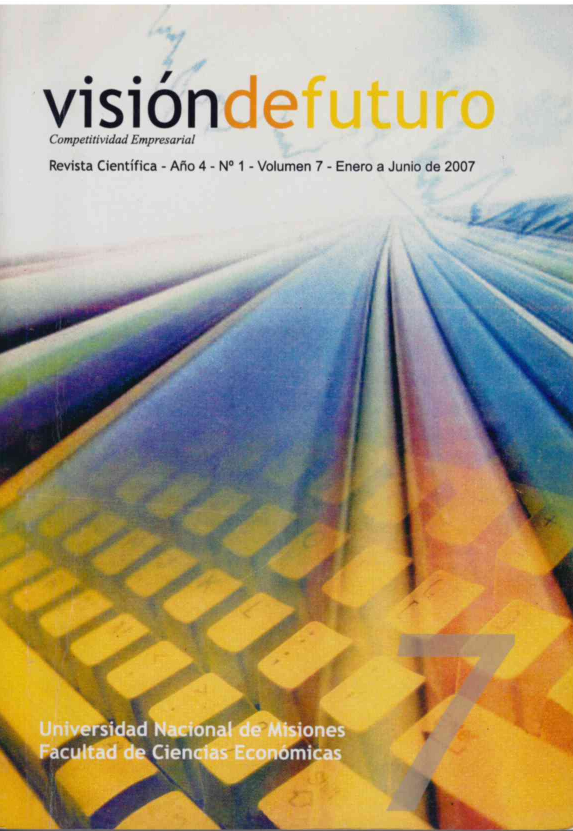Competitive intelligence and organizational change
Keywords:
Competitive intelligence; Information systems; Information technology; StrategyAbstract
The success of an enterprise depends today more and more, of the strategy of its business. A structural component of the strategy is, certainly, the adjustment between its primary activities and its support activities. This estimates that only operational effectiveness does not determine the business’ success. It is necessary a synchrony between this and the organization business strategy. The information technology (IT) acquires a resolvable role within this context, because it is the strategy activating mechanism, i.e., it is the organizational mechanism that allows the internal adjustments in the organization value chain, and the forces of its environment,guaranteeing that the organization raise competitive advantages. In this paper IT should be seen as a system that is within reach of the whole organization, not only as a mere infrastructure. Because a system, in this way, the IT acquires functions of competitive intelligence, because the internal synchrony of its processes and the external effectiveness of the business depend on theadjustment and the utility of the environmental information available for IT. The synchrony between the business strategy and the IT infrastructure, (i.e. the internal IT strategy) were proven previously in an enterprise leader in its sector, the enterprise Y, indicating an exceptional synchrony level. The objective of this research, thus, was to verify if, given the synchrony between business strategy and IT, this last one satisfies the functions of competitive intelligence. To direct this verification, Riccardi and Rodriguez’s (2003), MOSIPIC, (Systemic Model of Competitive Process), will be used, by means of the questionnaire with closed questions, evaluation in Likert’s scale. The verification was made in all of enterprise Y’s business strategic units.Downloads
Published
How to Cite
Issue
Section
License
License
The works published in this magazine are under the Creative Commons Attribution-NonCommercial 2.5 Argentina license.
Important: The author is the owner of the rights to exploit the contents of the article of his authorship.
You are free to:
Share — copy and redistribute the material in any medium or format.
Adapt — remix, transform and build from the material.
The licensor cannot revoke these liberties as long as you follow the terms of the license.
Under the following terms:
Attribution - You must give appropriate credit, provide a link to the license, and indicate if any changes have been made. You may do so in any reasonable way, but not in a way that suggests that you or your use is endorsed by the licensor.
Non-Commercial - You may not use the material for commercial purposes.
There are no additional restrictions - You cannot apply legal terms or technological measures that legally restrict others to make any use permitted by the license.




















